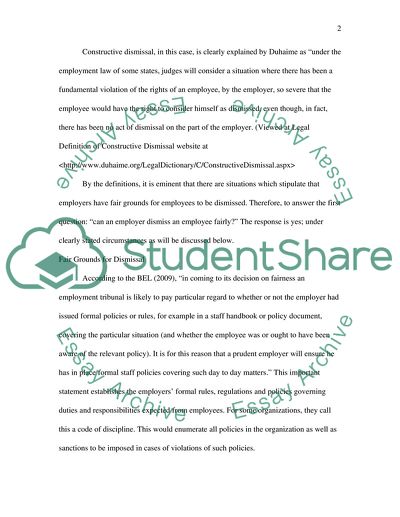Cite this document
(Can an Employer Dismiss an Employee Fairly Dissertation, n.d.)
Can an Employer Dismiss an Employee Fairly Dissertation. Retrieved from https://studentshare.org/human-resources/1726273-human-resources-employee-relations-reward
Can an Employer Dismiss an Employee Fairly Dissertation. Retrieved from https://studentshare.org/human-resources/1726273-human-resources-employee-relations-reward
(Can an Employer Dismiss an Employee Fairly Dissertation)
Can an Employer Dismiss an Employee Fairly Dissertation. https://studentshare.org/human-resources/1726273-human-resources-employee-relations-reward.
Can an Employer Dismiss an Employee Fairly Dissertation. https://studentshare.org/human-resources/1726273-human-resources-employee-relations-reward.
“Can an Employer Dismiss an Employee Fairly Dissertation”, n.d. https://studentshare.org/human-resources/1726273-human-resources-employee-relations-reward.


